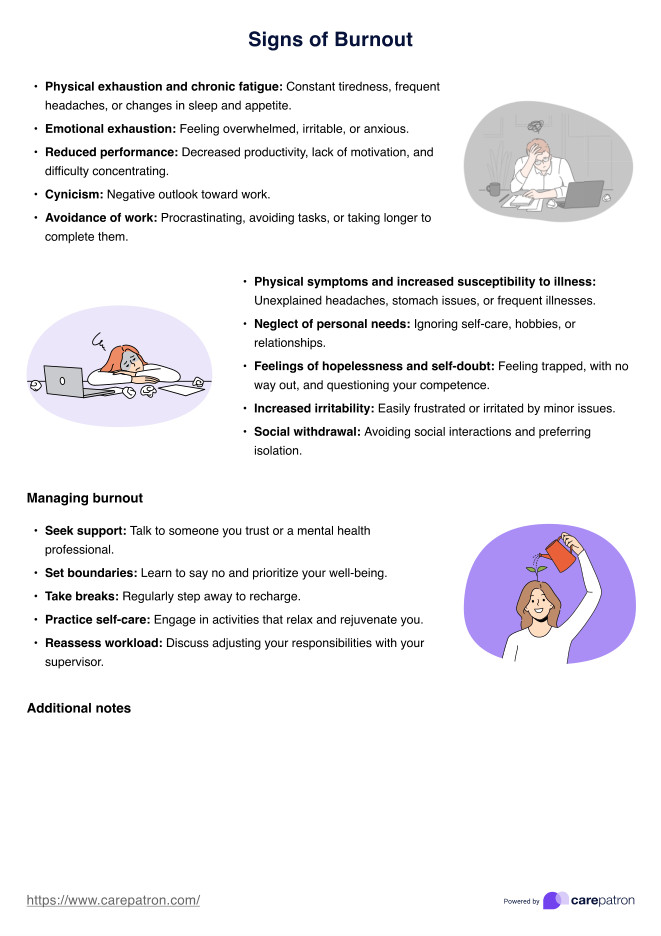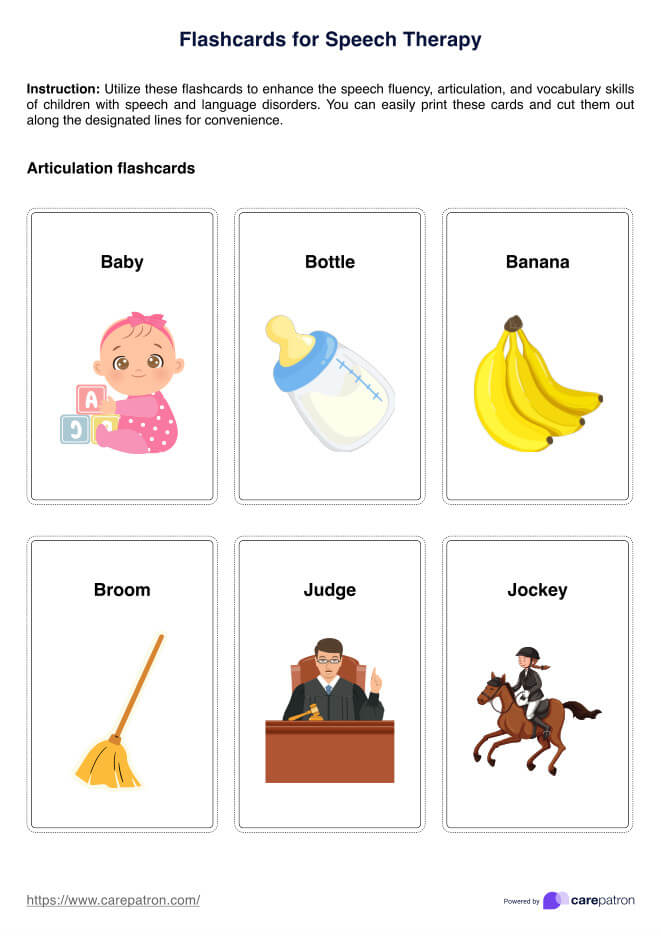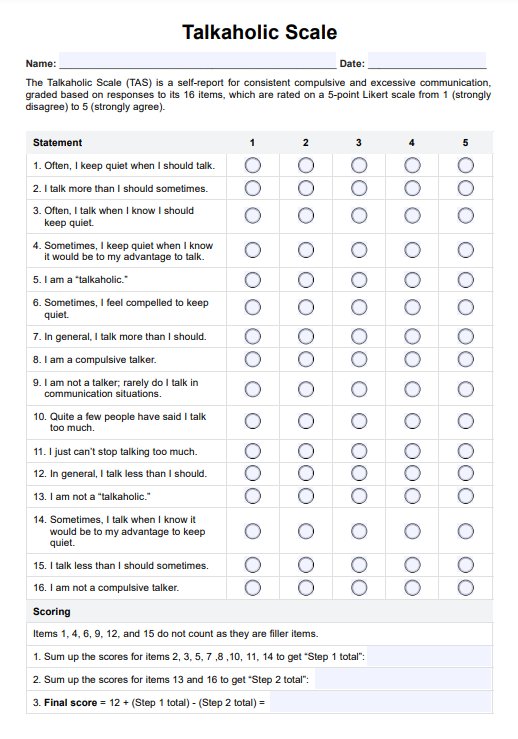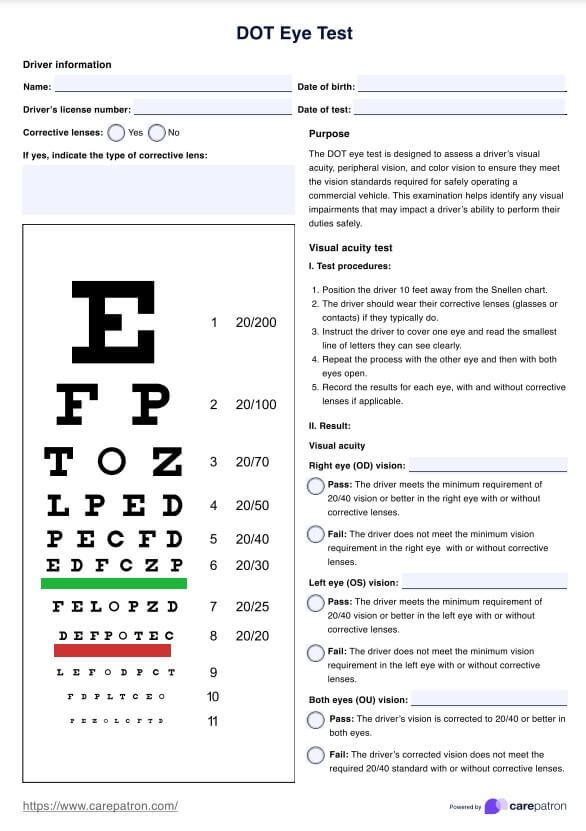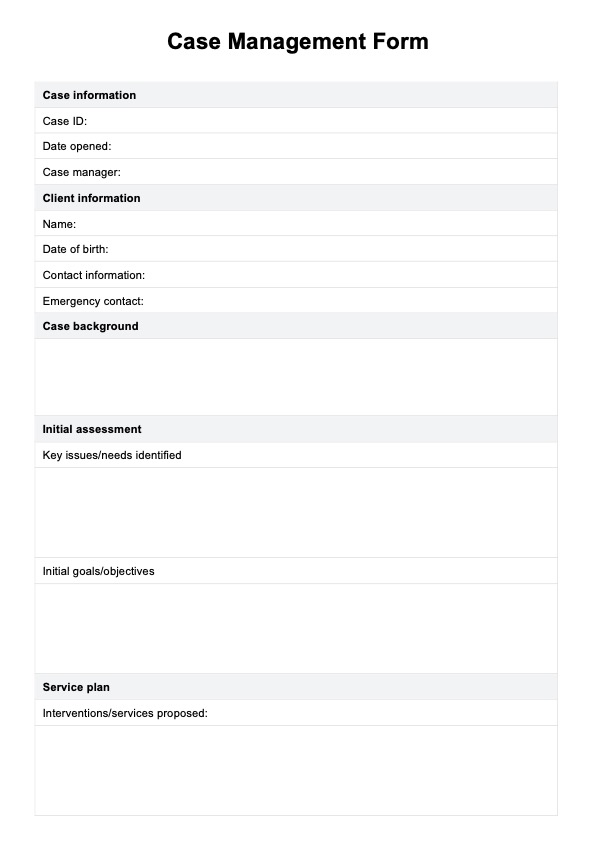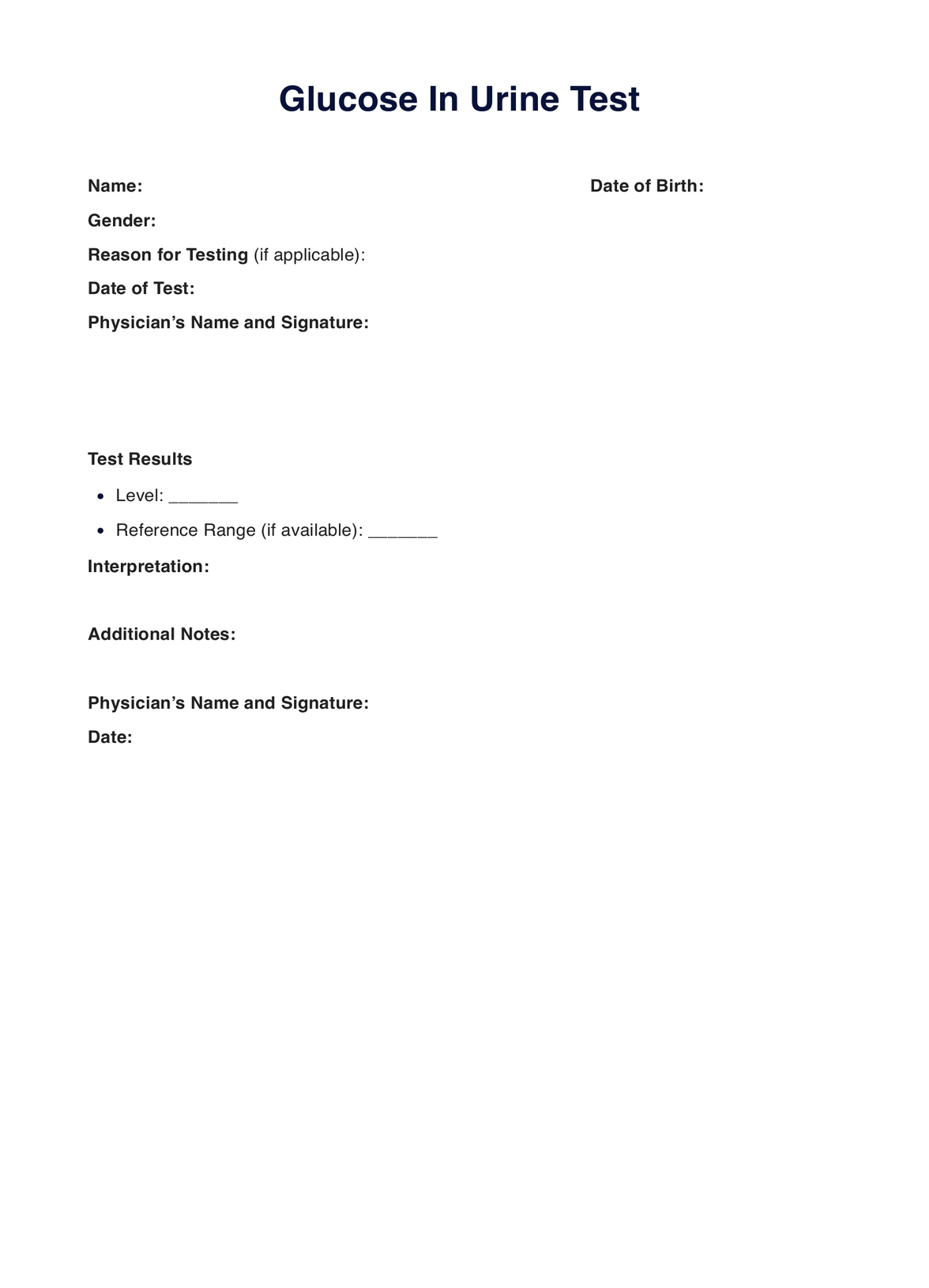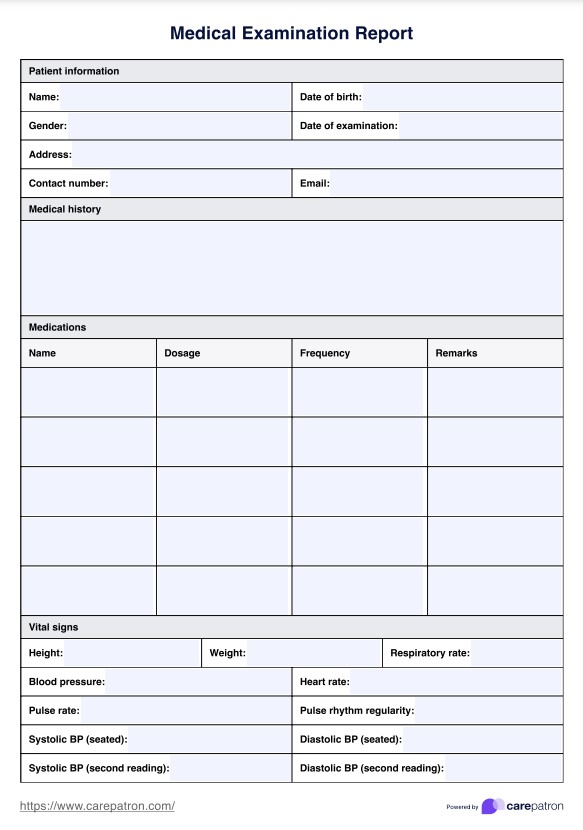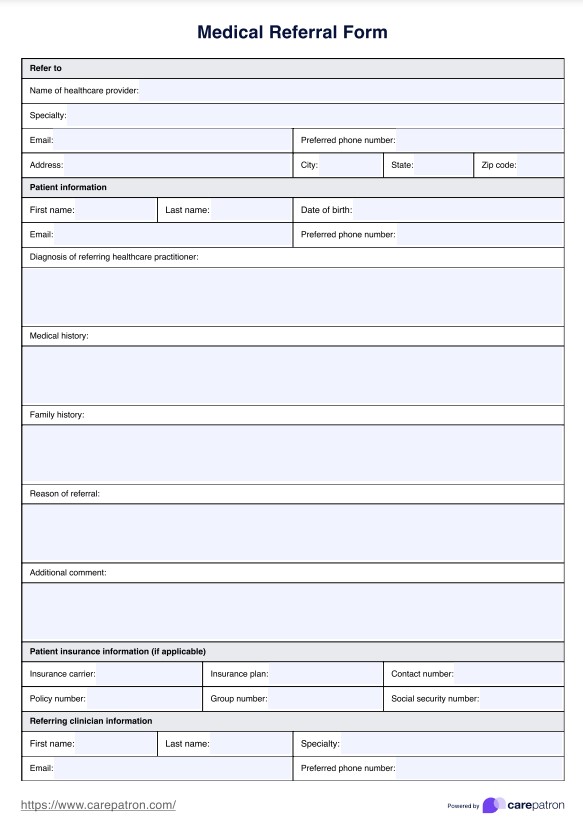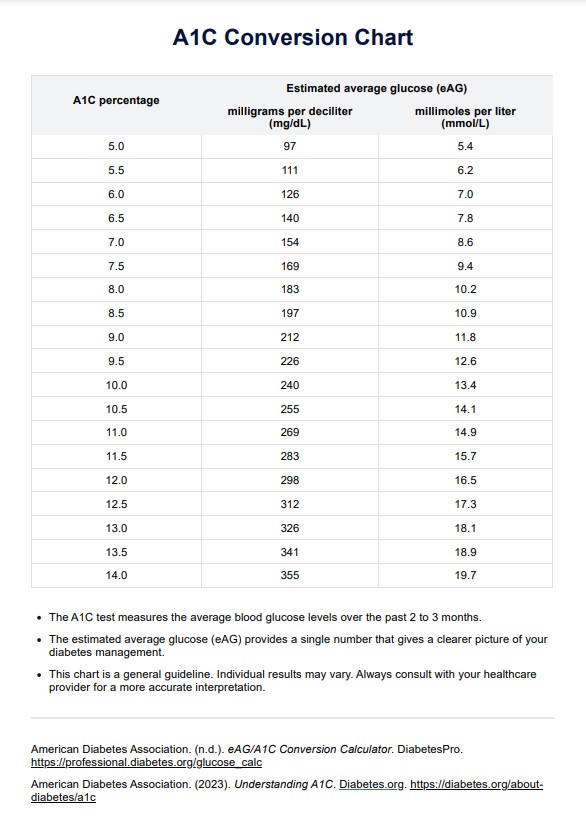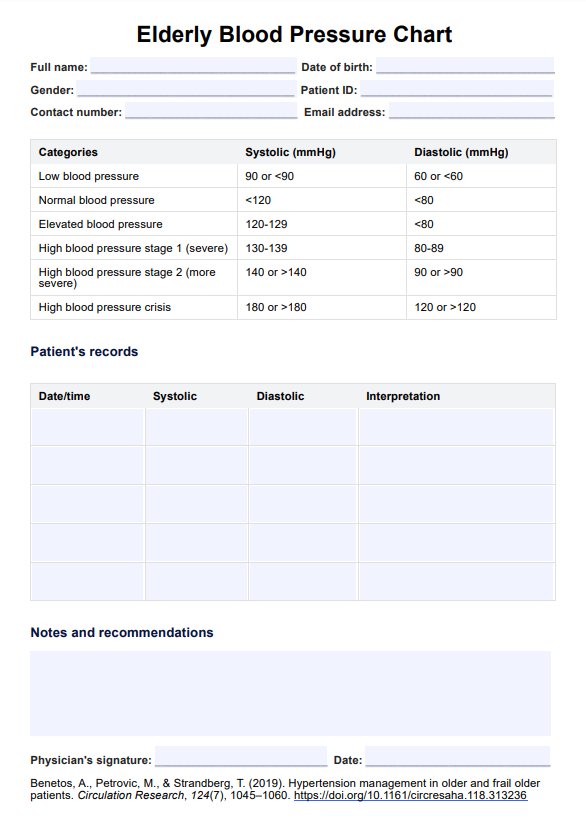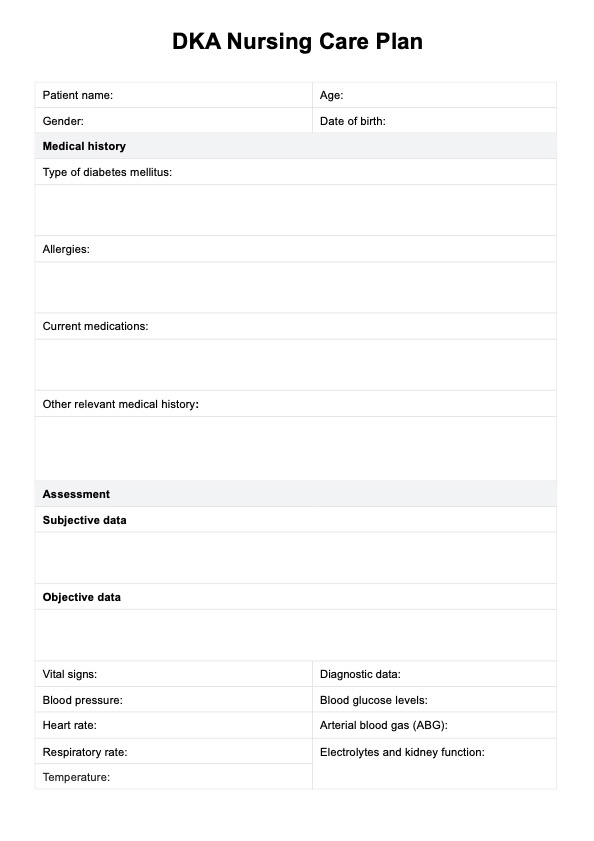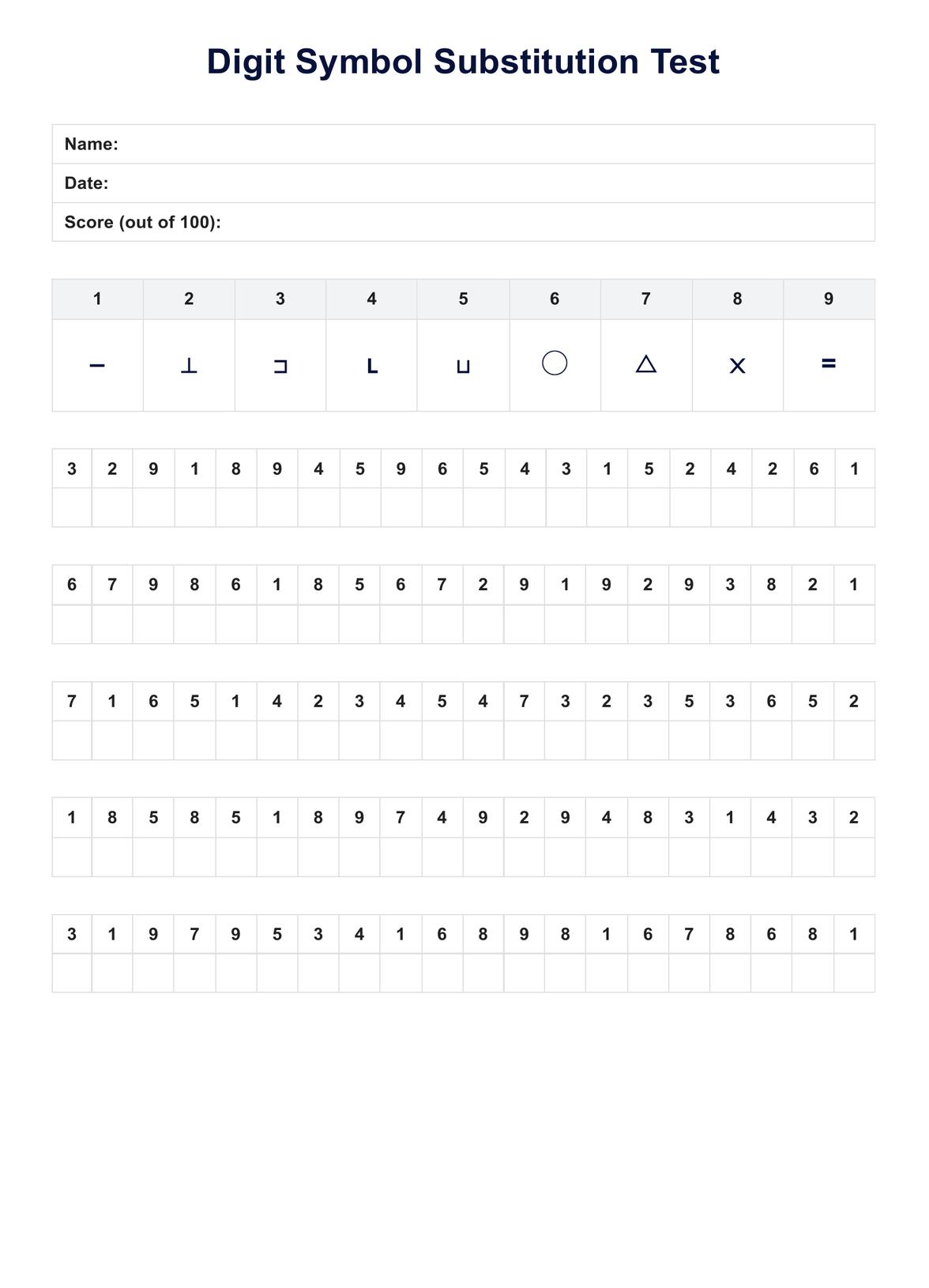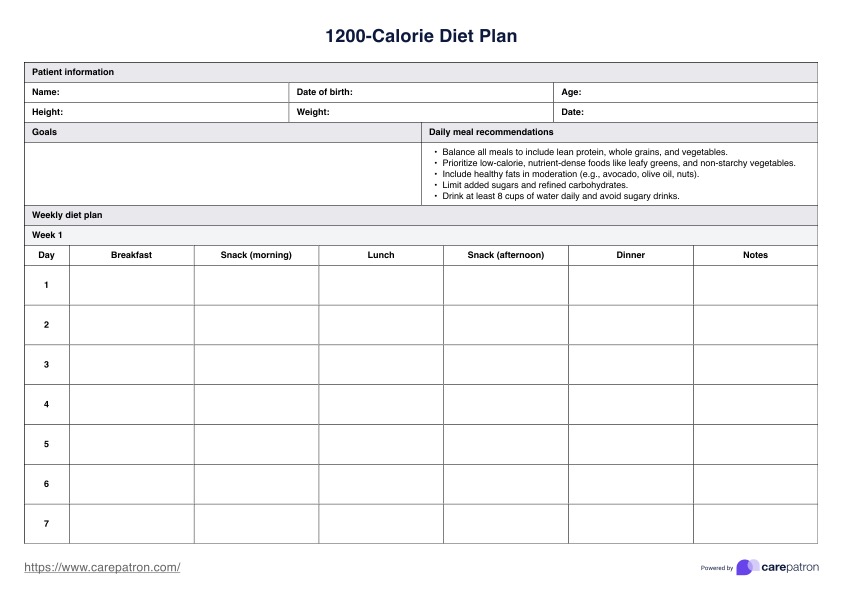Tinetti Balance Test
Assess your elderly patient’s risk of falling by having them take the Tinetti Balance Test! See how they fare with standing up from an armless chair and measure their gait to get a sense of their risk of falling!


What is the Tinetti Balance Test?
The Tinetti Balance Test, also known as the Tinetti Balance and Gait Test, Tinetti Balance Scale, or Performance Oriented Mobility Assessment (POMA), was originally designed for screening older adults. It's based on a study by Tinetti et al. (1986), which aimed to identify factors that predispose elderly individuals to falls, hypothesizing that fall risk increases with the number of affected functional areas.
The test consists of a balance test followed by a gait assessment. The first part requires a sturdy armless chair. For this test, the elderly patient must stand up, turn 360 degrees, and sit back down. The second part will have them walk a 15-meter distance back and forth on an even walkway or space. The initial walk will be at their normal pace, while their return walk will be at a faster pace.
Throughout these parts, the physical therapist evaluates the patient based on certain factors related to balance, and the total score (the sum of both tests) determines whether the elderly patient is at risk of falling.
Tinetti Balance Test Template
Tinetti Balance Test Example
How to conduct the Tinetti Balance Test
The Tinetti mobility test is easy to administer. To get started, you have to follow these steps:
Step 1: Download the template
Click on the download link to access the Tinetti balance and gait test. If you signed up for our Carepatron platform, you may also get it from our resources library.
Step 2: Prepare the necessary equipment for the test
Before conducting the test, make sure that you have the following:
- A stopwatch (to see how long it takes for them to complete each test)
- A sturdy armless chair
- A walking space that spans 15 meters (the flooring must be even and not slippery)
- Tape (or something that can be used) to mark a 15-meter distance
- Yardstick to measure the distance
Please note that the patient can use standing aids/walking aids.
Step 3: Start the first test
The first test will be the Tinetti balance assessment involving the armless chair. Tinetti balance measures the client's balance abilities. Follow these steps:
- Instruct the patient to sit down first and then give them the gist of what they will be doing.
- Once they are instructed and ready, observe their sitting balance first.
- Then, tell the patient to stand up from the chair without using their arms or hands as support.
- Observe their immediate standing balance (first 5 seconds), then their standing balance in general (after the first 5 seconds).
- While standing, tell your patient to move their feet as close together as possible.
- Next, you will gently nudge your patient's sternum with the palm of your hand three times while their eyes are open.
- After that, gently nudge your patient's sternum with your palm three times again, but this time while their eyes are closed.
- Lastly, make your patient turn 360 degrees, and then have them sit back down.
Step 4: Conduct the second test
This part requires a spacious area with a flat, smooth surface. There should be more than enough space that your elderly patient can walk a 15-meter distance back and forth. Once you are in this space, do the following:
- Pull some tape or something else to mark a 15-meter distance. Have a yardstick to measure this properly.
- The patient will begin standing at the tip of the distance marker.
- Tell them "Go" and have them walk to the other end of the distance marker at their normal walking pace.
- Then, have them turn around and return to the opposite end at a quicker but safe pace.
- Tell them "Stop" as soon as they are right back at the beginning of the distance marker.
Make sure that you're walking alongside your patient to provide support and safety when needed.
Step 5: Calculate the score
Sum the gait and balance scores and compare them with the Tinetti scoring reference ranges. Once you have determined the patient's risk of falling, create a care plan that accommodates this and covers how the patient needs to be assisted.
Scoring and interpretation
With our template, you can indicate the Tinetti score based on your observations while conducting the tests. The section for the first test has ten items to be scored, and the maximum score is 16. The section for the second test has 8 items to be scored, and the maximum score is 12. Once you have both scores, add them. The maximum score is 28.
Here are the score ranges and their respective designations so you know how to assess their risk of falling:
- 24 or above = low fall risk
- 19-23 = medium fall risk
- 18 or below = high fall risk
What are the benefits of using the Tinetti gait and balance test?
Here are the benefits of this performance-oriented assessment:
The instructions are simple, so it's easy to administer.
Physical therapists love using the Tinetti test because the instructions are easy to follow for both parts of the test. Whatever difficulty may arise will depend on the patient's difficulty moving. After all, you are likely dealing with an elderly patient.
It's a good way to monitor the patient.
Earlier, we mentioned that it's best to administer this Tinetti assessment multiple times so that you can make a well-informed conclusion regarding their risk of falling. You may also reissue this test to see if they're improving or becoming more at risk of falling.
Reissuing the test may also help with adjusting care plans.
Reissuing this test does more than monitor your patient for improvements or deteriorations. You can also use it to determine if your care plan is working or needs tweaking to accommodate your patient's condition, especially if their risk of falling increases.
It can make the patient aware of their limitations.
The older we get, the more limitations we face. By taking this test, elderly patients will be more aware of their risk of falling, especially when doing simple things like standing up, turning, and even walking.
Reference
Tinetti, M. E., Williams, T. F., & Mayewski, R. (1986). Fall risk index for elderly patients based on number of chronic disabilities. The American Journal of Medicine, 80(3), 429–434. https://doi.org/10.1016/0002-9343(86)90717-5
Commonly asked questions
Ideally, yes. But if you'd rather do it via house call, you must ensure that there's a sturdy armless chair for the first test and enough space in the patient's abode for the second test. Just don't forget to bring tape (or something that can be used to mark a 15-meter distance) and a yardstick so you can properly administer the second part of the test.
It is relatively safe. Since this is primarily administered to elderly patients, there is a chance that they might fall while doing the test, but the therapist conducting the test should be there to make sure that nothing terrible happens. They will always be by the patient's side for both tests, so it's best to trust the therapist.
If you work with people with a high risk of falls (such as community-dwelling older adults), then it's best to have them take this test as soon as possible. This will allow you to gauge their risk of falling while standing up or walking. It doesn't have to be a one-time thing, either. You should administer this test multiple times to arrive at a more informed conclusion.


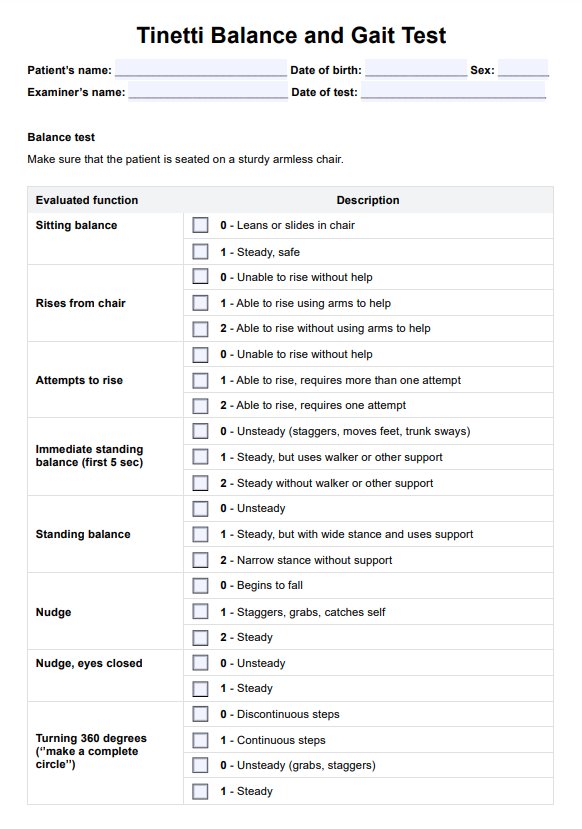
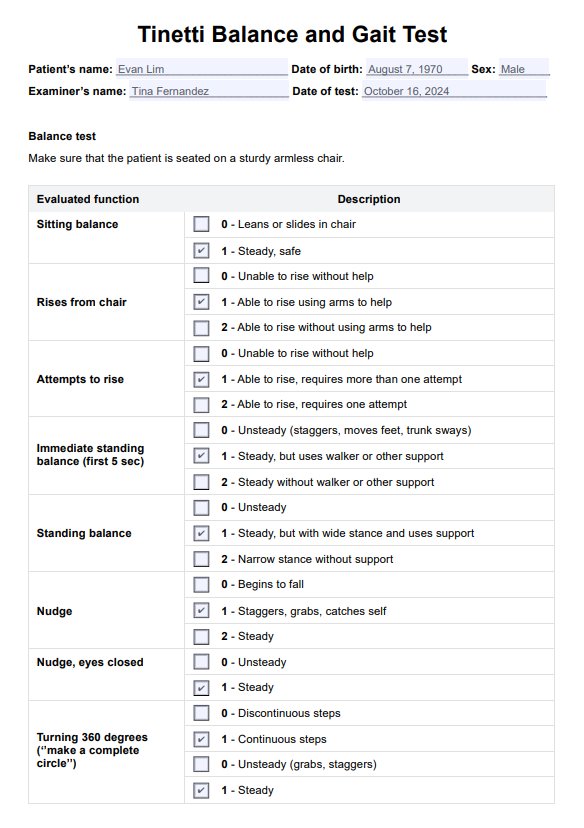


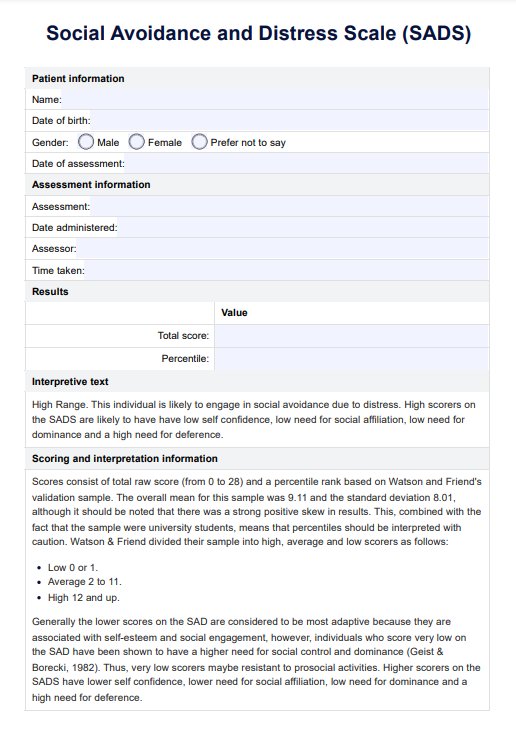












-template.jpg)

































































